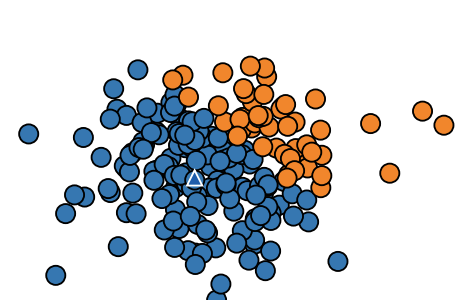Polarization is everywhere and everyone is talking about it, but do we really know what is polarization and how to measure it? Our paper “Together alone: a group-based polarization measurement” published in the journal Quality & Quantity: International Journal of Methodology may provide a special viewpoint. The centerpiece of the paper lies in the idea that groups, instead of individuals, are the key actor in understanding and measuring polarization. Based on this idea, a new polarization measurement that satisfies a range of desirable properties is proposed.
The paper is the outcome of the collobration between two BEHAVEs: our BEHAVE team from TUDelft (Caspar Chorus, Amineh Ghorbani, and Tanzhe Tang), and the BEHAVE lab from Univeristy of Milan (Flaminio Squazzoni). We are looking forward to furture collobrations.
Here is the abstract of the paper:
The growing polarization of our societies and economies has been extensively studied in various disciplines and is subject to public controversy. Yet, measuring polarization is hampered by the discrepancy between how polarization is conceptualized and measured. For instance, the notion of group, especially groups that are identified based on similarities between individuals, is key to conceptualizing polarization but is usually neglected when measuring polarization. To address the issue, this paper presents a new polarization measurement based on a grouping method called “Equal Size Binary Grouping” (ESBG) for both uni- and multi-dimensional discrete data, which satisfies a range of desired properties. Inspired by techniques of clustering, ESBG divides the population into two groups of equal sizes based on similarities between individuals, while overcoming certain theoretical and practical problems afflicting other grouping methods, such as discontinuity and contradiction of reasoning. Our new polarization measurement and the grouping method are illustrated by applying them to a two-dimensional synthetic data set. By means of a so-called “squeezing-and-moving” framework, we show that our measurement is closely related to bipolarization and could help stimulate further empirical research.
